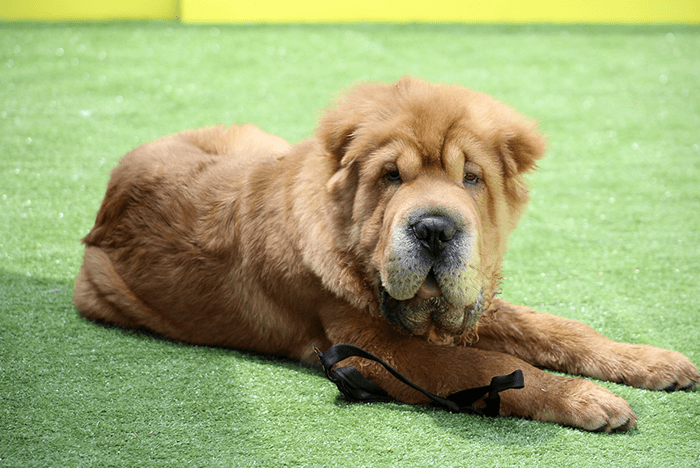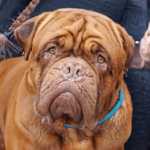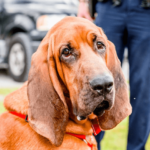Exciting, Interesting, and Unheard Facts
- Unique Wrinkles: The Shar Pei’s distinctive wrinkles and blue-black tongue are unique features that set them apart from other breeds.
- Ancient Origins: Shar Peis are believed to date back over 2,000 years, making them one of the oldest dog breeds.
- Guarding Heritage: Originally bred in China for guarding, hunting, and herding, Shar Peis have a rich history of being versatile working dogs.
Main Information
| Origin | China |
| Alternate Name | Chinese Shar Pei |
| Life Expectancy | 8-12 years |
| Average Height | Male: 18-20 inches, Female: 17-19 inches |
| Average Weight | Male: 45-60 lbs, Female: 40-55 lbs |
| Coat Length | Short |
| Coat Type | Rough, Bristly |
| Coat Color | Various including black, cream, fawn, red, sable |
Brief History
The Shar Pei originated in ancient China and was primarily used as a guard dog and hunter. Their distinct wrinkles helped protect them in fights against wild animals. The breed nearly faced extinction in the mid-20th century but was revived through dedicated breeding efforts.
Strengths and Weaknesses
Strengths:
- Loyal and Protective: Known for their loyalty and strong protective instincts, making them excellent guard dogs.
- Independent and Intelligent: They are intelligent and often display an independent streak.
Weaknesses:
- Health Issues: Prone to skin infections due to their wrinkles and other health problems like hip dysplasia.
- Stubbornness: Can be stubborn and require firm, consistent training.
Care Tips
- Exercise: Moderate exercise is needed to keep them healthy and prevent obesity.
- Diet: A balanced diet tailored to their size and activity level is essential.
- Grooming: Regular cleaning of their wrinkles to prevent infections and routine brushing to manage shedding.
Fun Facts
- Celebrity Owners: Shar Peis have been owned by celebrities like Martha Stewart.
- World Records: In 1978, the Shar Pei was listed in the Guinness Book of World Records as the rarest dog breed.
- Symbol of Wealth: Historically, owning a Shar Pei was a status symbol in ancient China.



